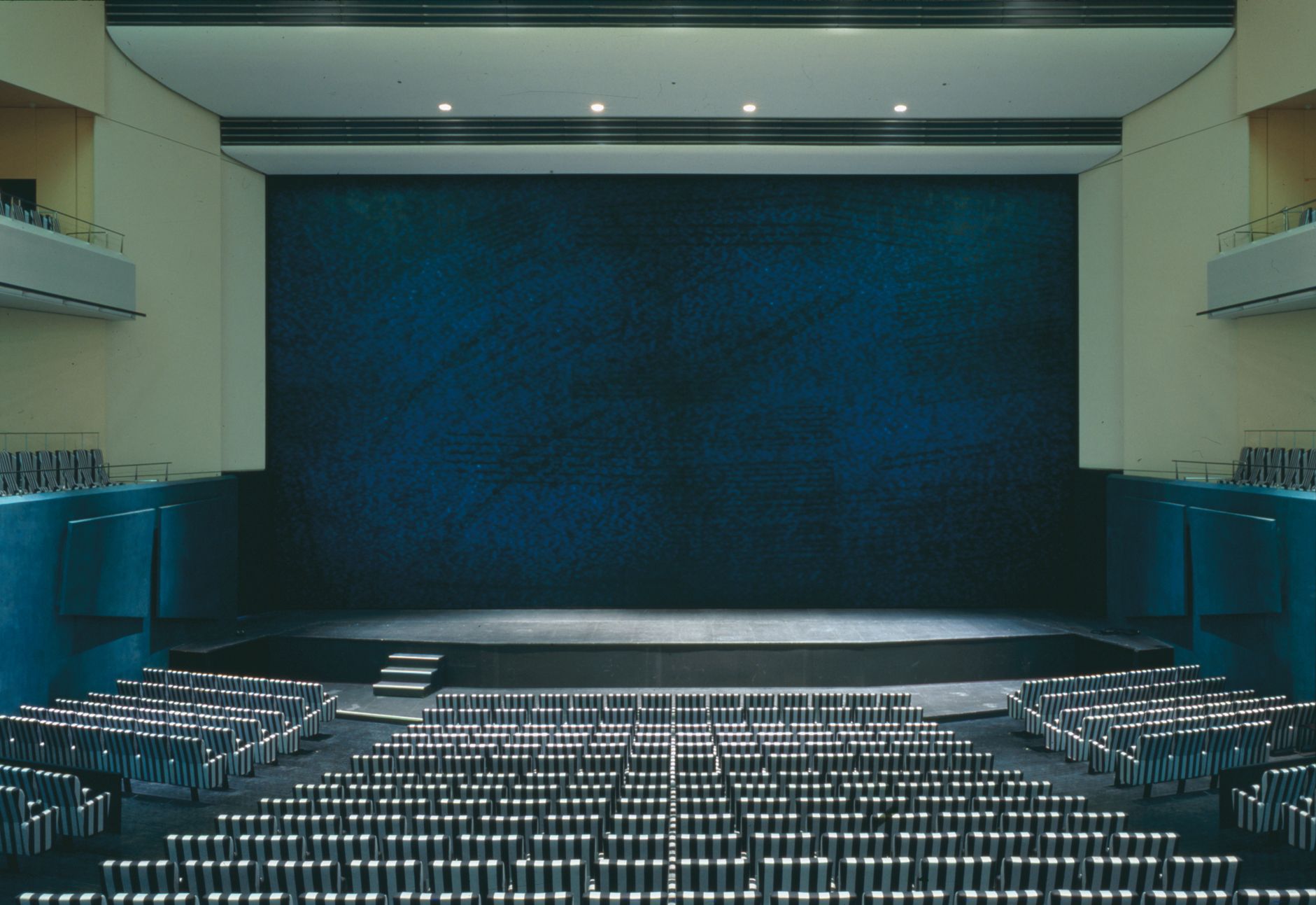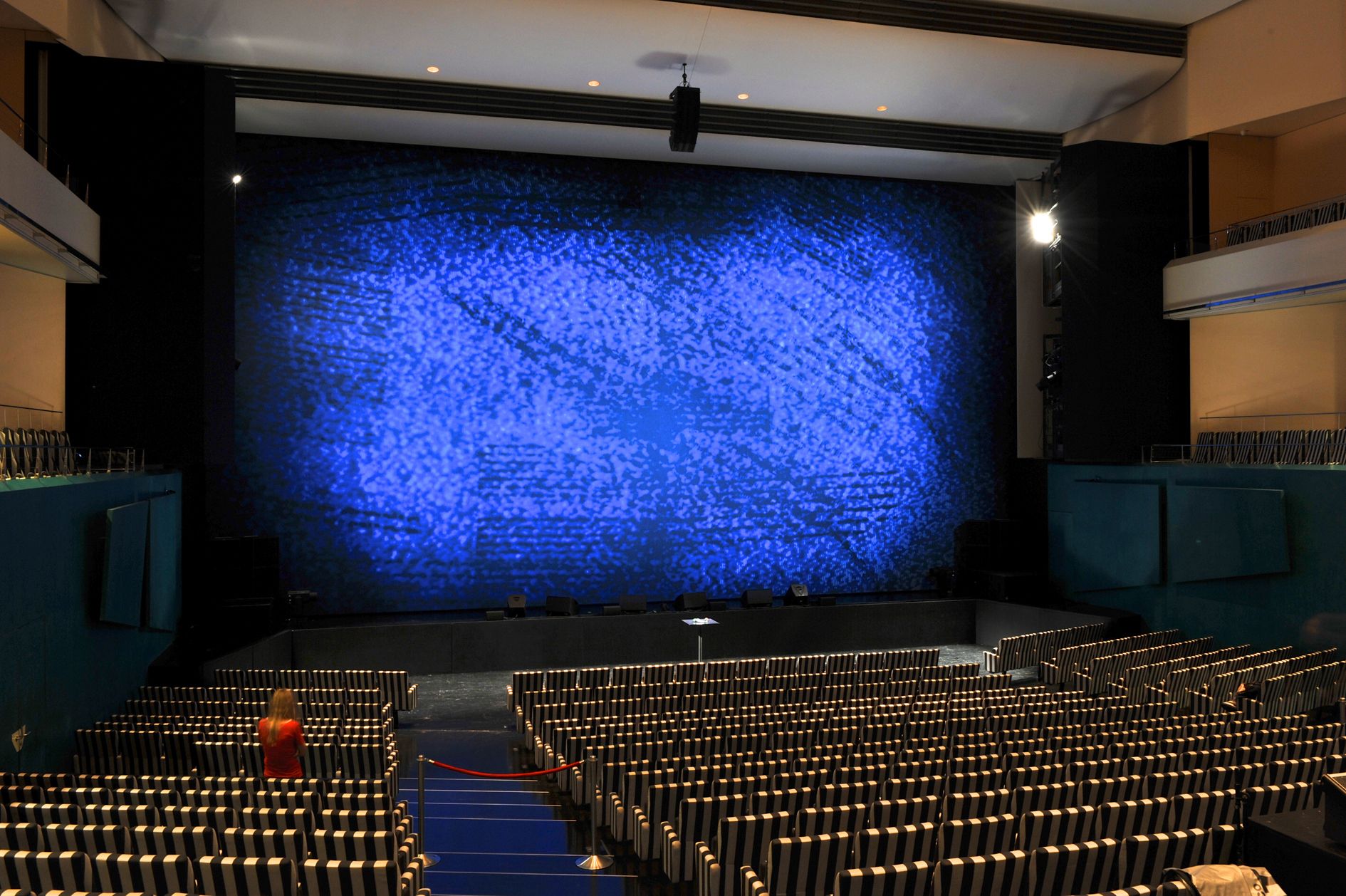Eva Schlegel
:
Installation in the Government District
Back
Information
The two-stage competition provided the background to the artistic intervention in St. Pölten, for which seven artworks by Austrian artists were recommended for realisation. These projects are by Josef Danner, Bruno Gironcoli, Richard Hoeck, Hans Kupelwieser, Christoph Steffner, Thomas Stimm and Heimo Zobernig. Five commissions for interiors were awarded directly, to Gunter Damisch, Franz Graf, Brigitte Kowanz, Eva Schlegel and Walter Vopava. The winning project in a separate competition for the design of the chapel (1995) is by Arnulf Rainer. Additional existing artworks by Franz Xaver Ölzant, Oskar Putz and Ruth Schnell are also to be found in the Regierungsviertel. Works by Dara Birnbaum and Michelangelo Pistoletto, also selected by the first jury, are not realized.
As opposed to the limited symbolism of the Iron Curtain, which is usually pompously overladen with scenic representations from theater or opera pieces - the curtain usually separating the area of the stage from that of the audience, Eva Schlegel here integrates a "wide room opened as far as possible" (Eva Schlegel). A different non-referential image is both metaphorical and real in that it tears open rooms and works with the phenomena of appearance and disappearance both of which are typical for the artist. In a borderline situation resembling inside and outside this entrance into the world of theater takes place in a situation of association and possibility which the artist herself describes as follows: "Depicted is a monitot with white noise, the programs of which have not been adjusted. Out of this interference blurred texts seem to emerge or disappear. The texts describe the conceptual space and make the monitor appear dynamic. The color has been selected so that one can associate it with both a deep space (universe) or water. I photographed this interference caused by the waves from outer space (otherwise there would be channel=program, no channel=dark) and plotted it by means of a computer-controlled air brush technique. The latter guaranteed maximum image resolution and rendering. To paint a monitor would have been anachronistic. Moreover, I made sure that a transition from clear TV line resolution to blurred water-like areas was created. Both represent various types of space."
(Eva Schlegel)


